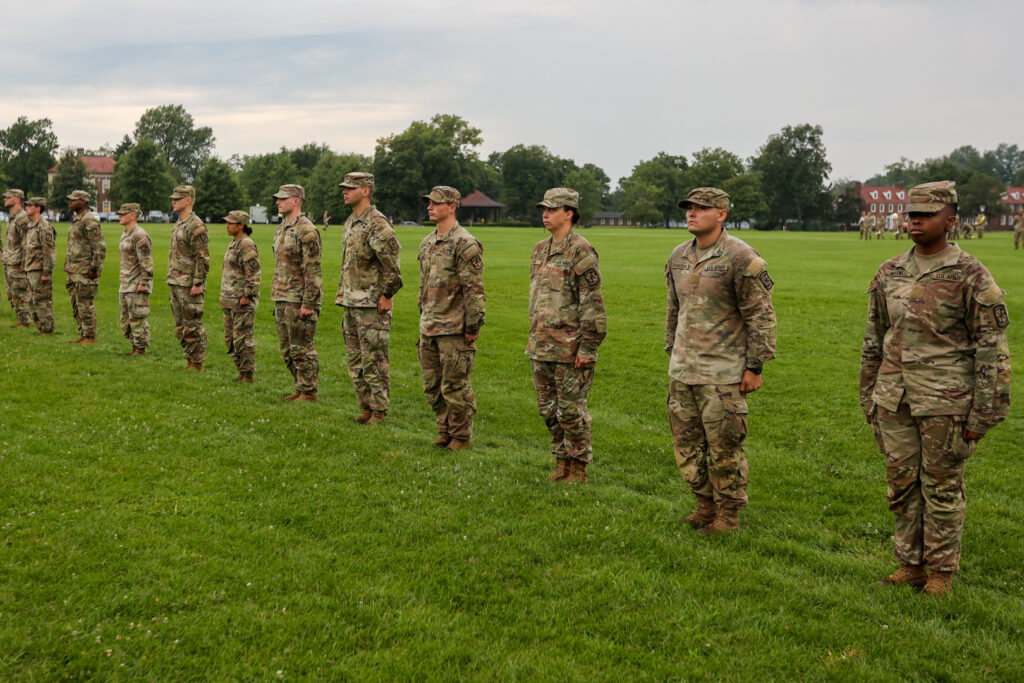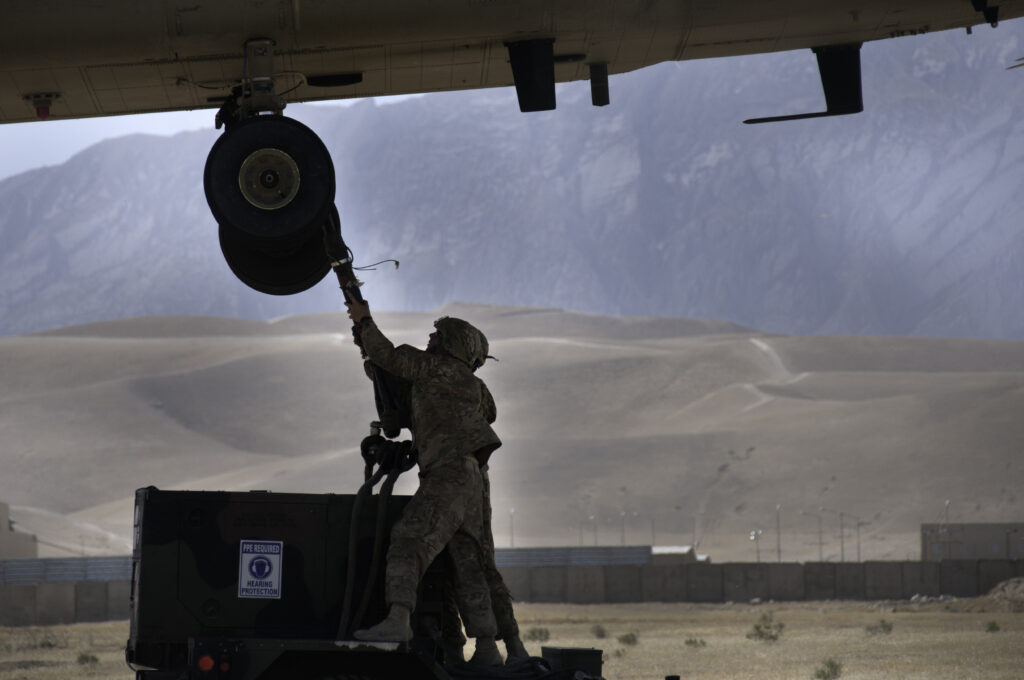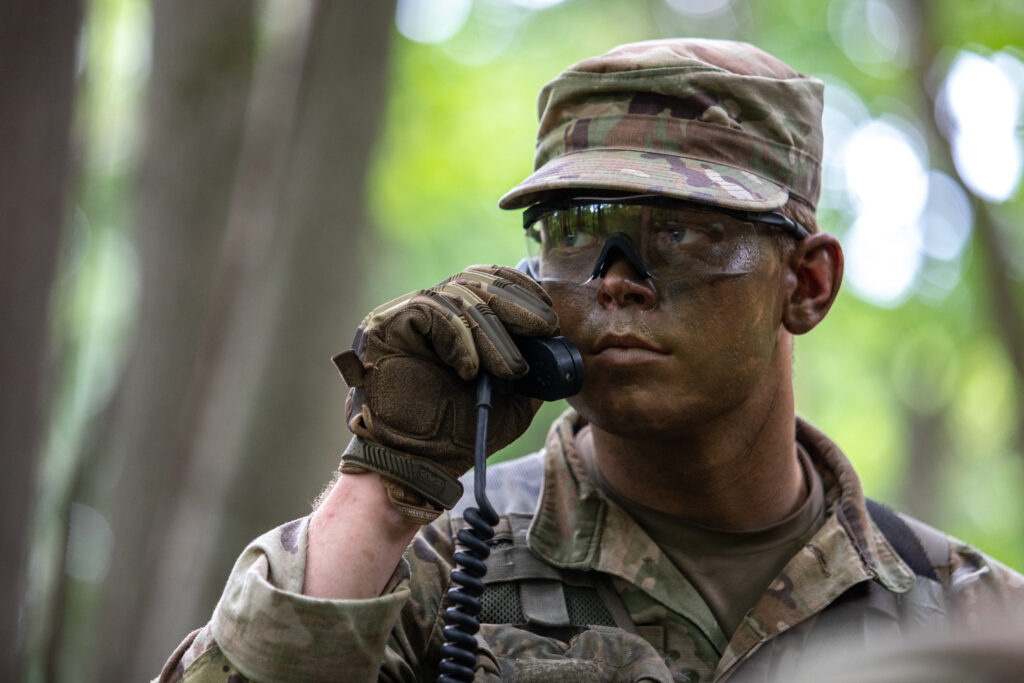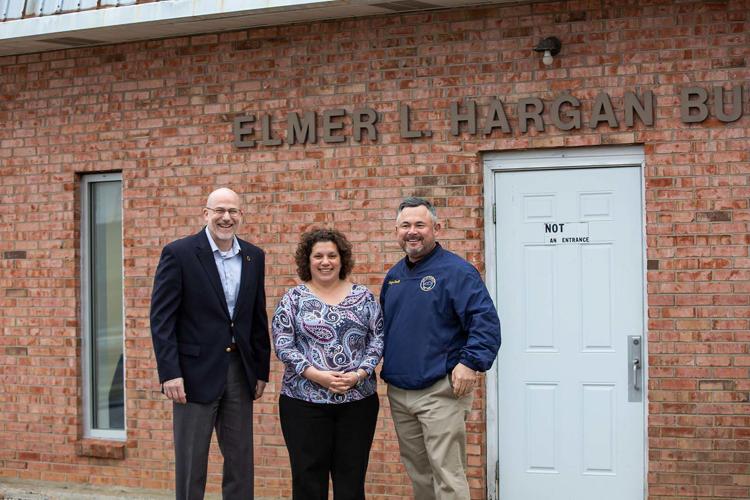ELIZABETHTOWN, Ky (Oct 2, 2023) – The Knox Regional Development Alliance (KRDA) has announced it is searching for a new President/CEO in advance of the retirement of current President/CEO Jim Iacocca, who has announced his intention to retire from the role to spend more time with his family, effective at the end of December 2024. The announcement and the resulting transition timeline are intended to provide KRDA ample time to complete a search of candidates and successfully transition to the onboarding of Iacocca’s successor.
KRDA will accept applications for the role of President/CEO now through Dec. 31, 2023, with a search committee slated to conduct interviews in early 2024. Prospective candidates must possess prior experience as a U.S. Army officer, specifically at the rank of Colonel, General Officer, or nominative Command Sergeant Major. A comprehensive list of qualifications and duties required of the next KRDA President/CEO, along with an application form for the position, is available at growknox.org/ceosearch.
With a workforce of over 22,000, Fort Knox is the region’s largest contributor of local payroll dollars and economic impact, with $1.3 billion in annual payroll and a $4.8 billion economic impact. As a community-based nonprofit, KRDA’s mission is to protect and promote Fort Knox to increase its economic impact on the Greater Fort Knox Region and the state of Kentucky.
“As we embark on this search, we do so with the confidence that KRDA’s strong foundation and commitment from our board, investors, and community will continue to drive our mission forward,” said KRDA Board Chair Marilyn Ford. “Jim’s leadership at KRDA has been nothing short of extraordinary, and though we’re sad to see him go, we are comforted by the fact that he will continue to provide steadfast leadership and guidance for the next 14 months as we transition to a new leader.”
Iacocca is KRDA’s first President/CEO and was selected in October 2017 after a 10-month search process following the organization’s inception. Iacocca began his tenure in January 2018. He is the former Adjutant General of the Army, a position he held in the U.S. Army Human Resources Command at Fort Knox. Iacocca’s Army career included multiple assignments at Fort Knox, including former Deputy Commanding General of U.S. Army Recruiting Command and former Brigade Commander for the Army’s 3rd Recruiting Brigade.
In addition to his experience at Fort Knox, Iacocca served at multiple installations including Fort Bragg, North Carolina, with the 82nd Airborne Division and Army Special Operations Command, deploying to both Afghanistan and Iraq. He also served at the Pentagon on the staff for the Chairman of the Joint Chiefs of Staff.
In August 2018, Iacocca was appointed as Chair of the Kentucky Commission on Military Affairs.
“I can confidently say that my successor will take the helm of an organization with a clear mission, track record of success, a firm financial position, strong ties with the community, an extremely capable vice president, and most importantly, a committed board of directors and investors,” said Iacocca. “Though my official retirement date is still some time away, I want to express my sincere gratitude for the opportunities afforded through this role and for the opportunity to serve this wonderful community.”








 RADCLIFF, Ky. – Radcliff officials announced recently that the Knox Regional Development Alliance (KRDA) will be the new tenant of the iconic Elmer L. Hargan Building on North Wilson Road. Beginning in May, the building will serve as the physical location for the community-based non-profit that works to promote and protect Fort Knox and grow defense-related business in the region.
RADCLIFF, Ky. – Radcliff officials announced recently that the Knox Regional Development Alliance (KRDA) will be the new tenant of the iconic Elmer L. Hargan Building on North Wilson Road. Beginning in May, the building will serve as the physical location for the community-based non-profit that works to promote and protect Fort Knox and grow defense-related business in the region.